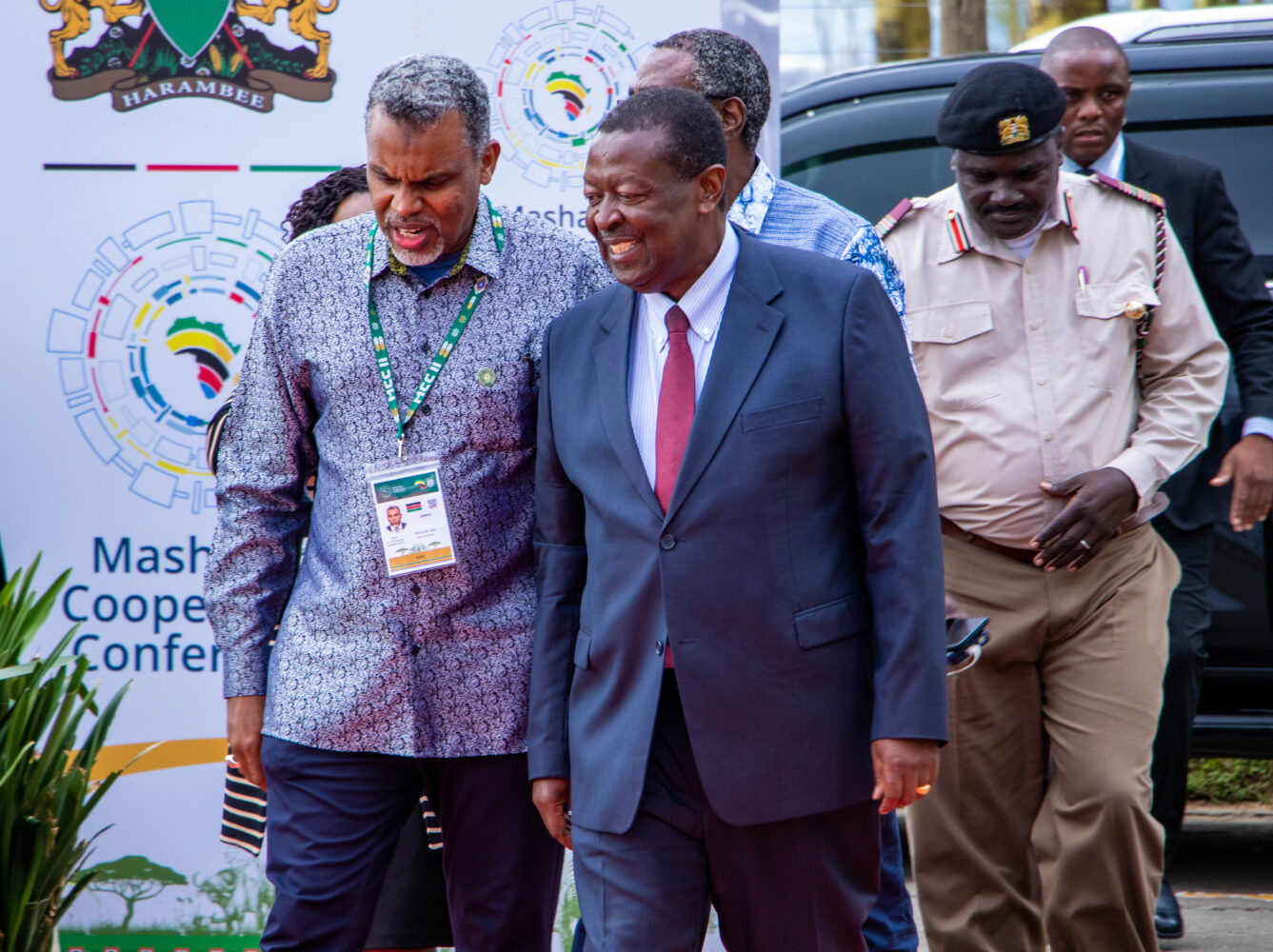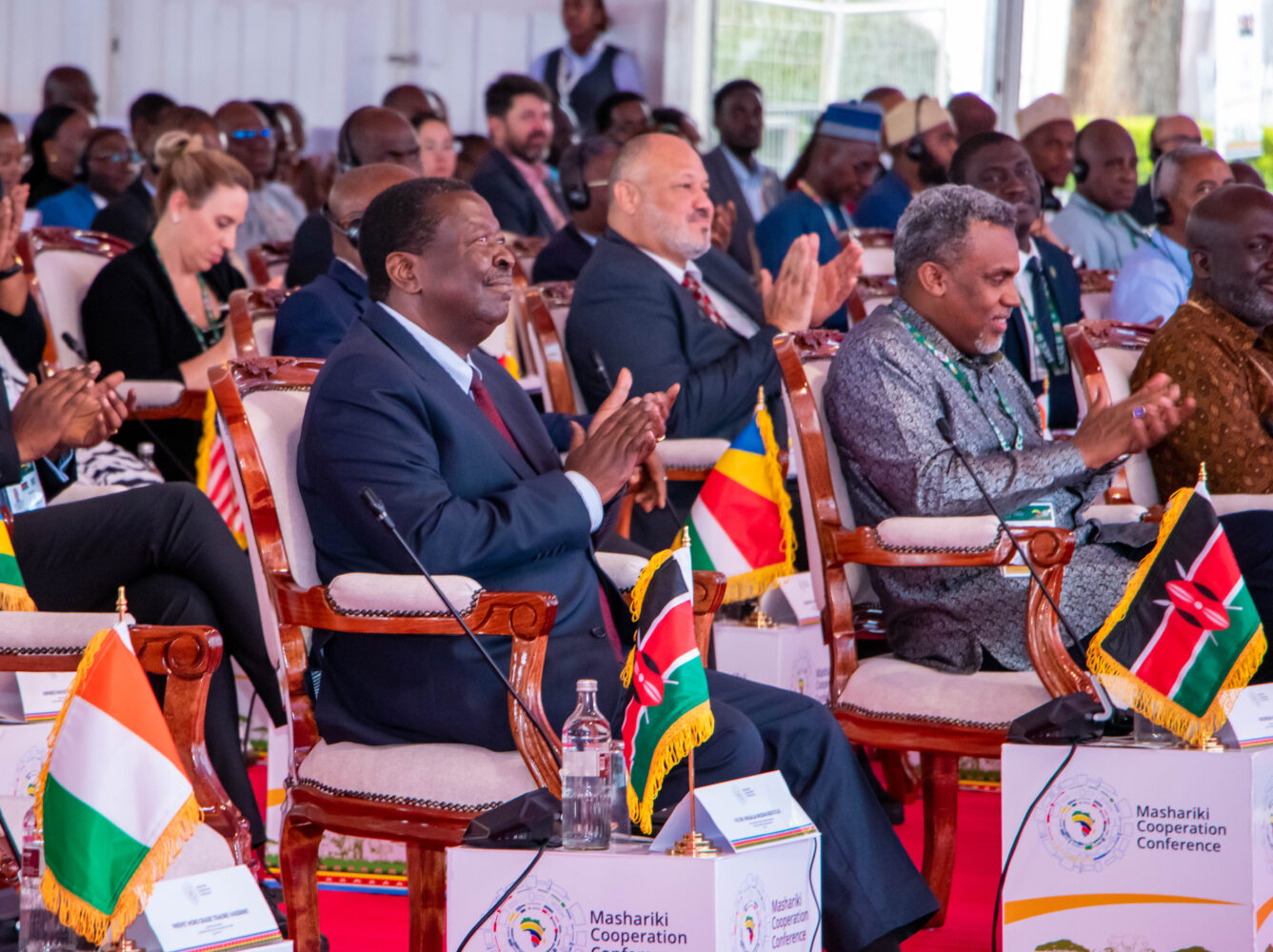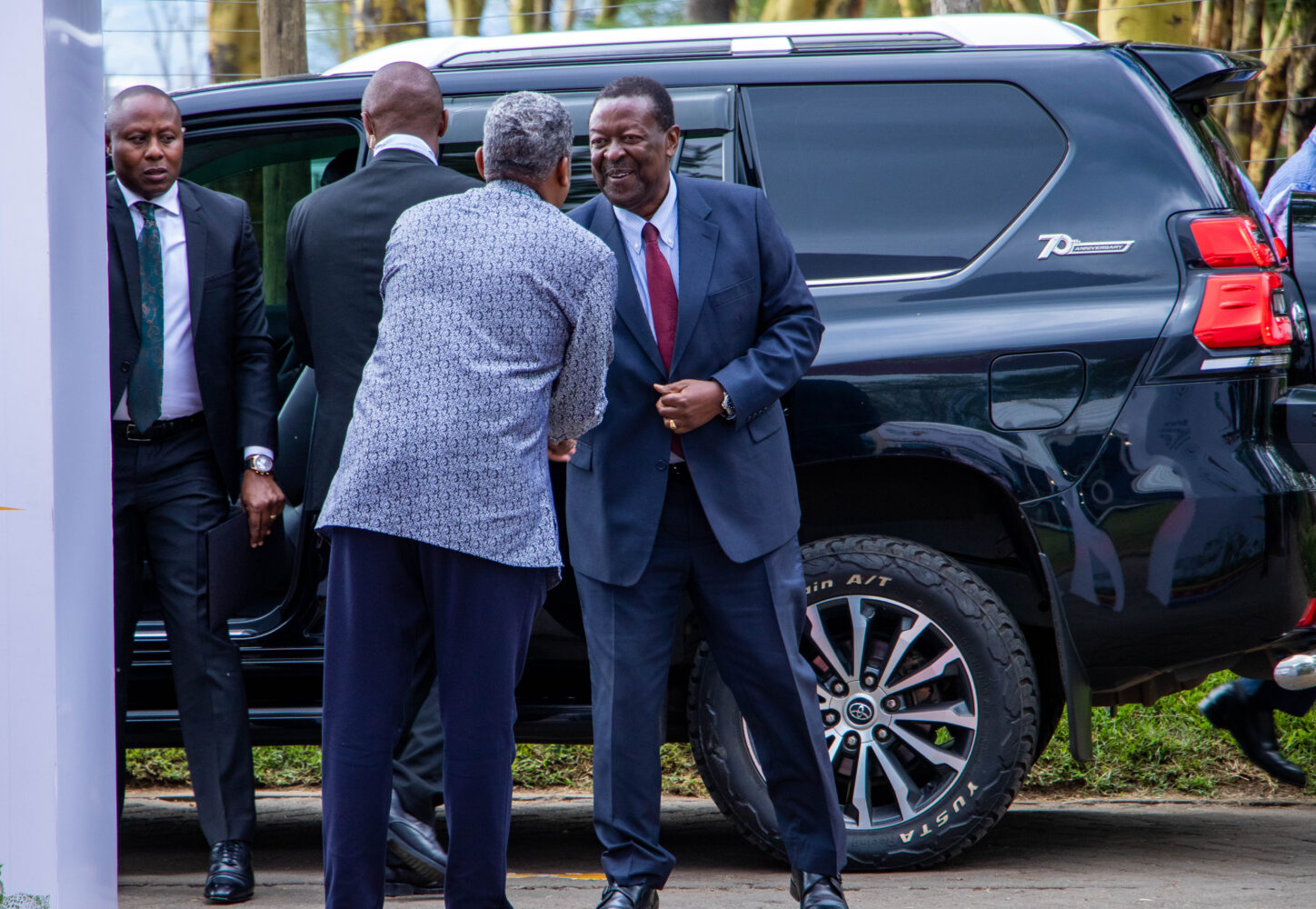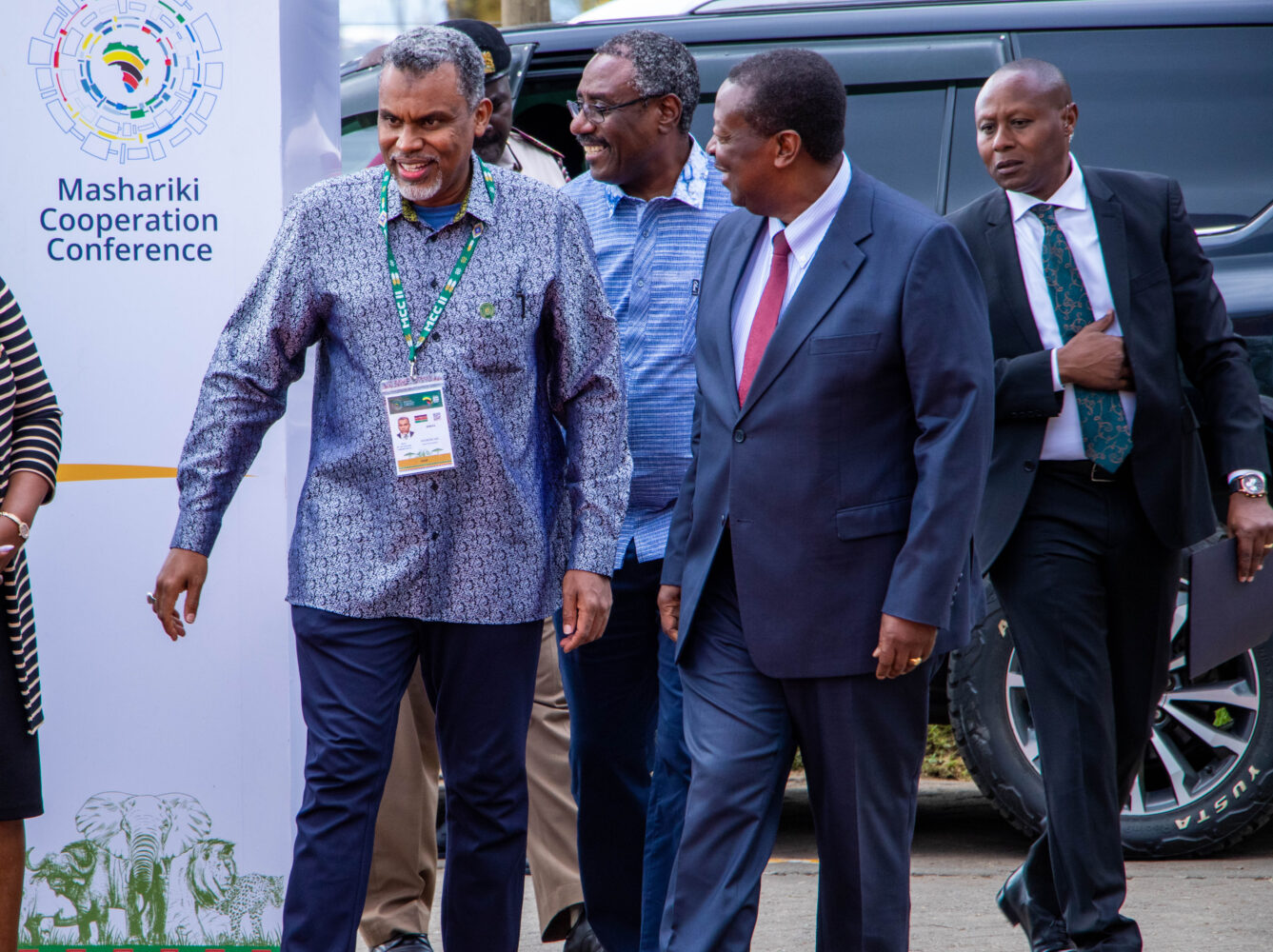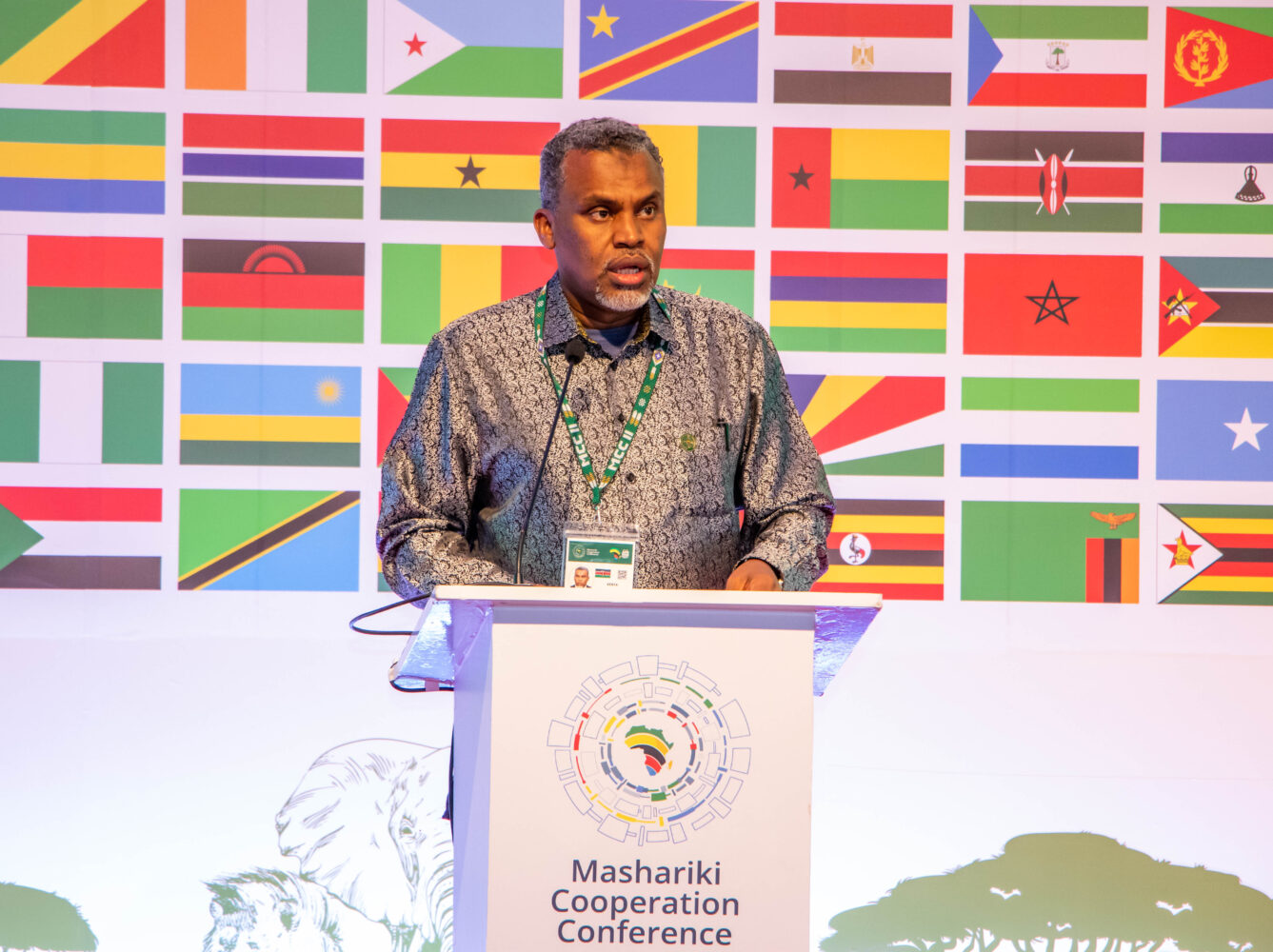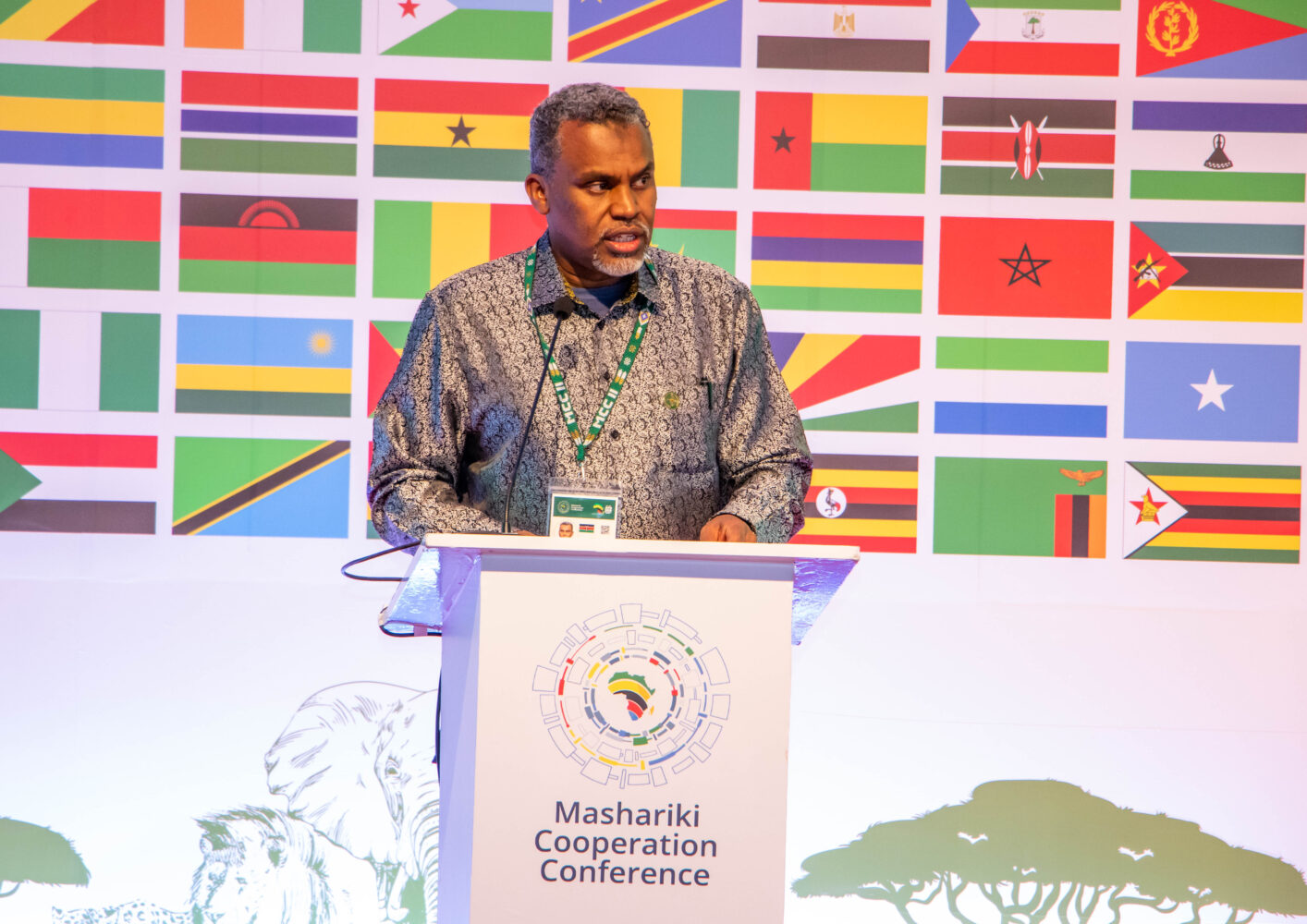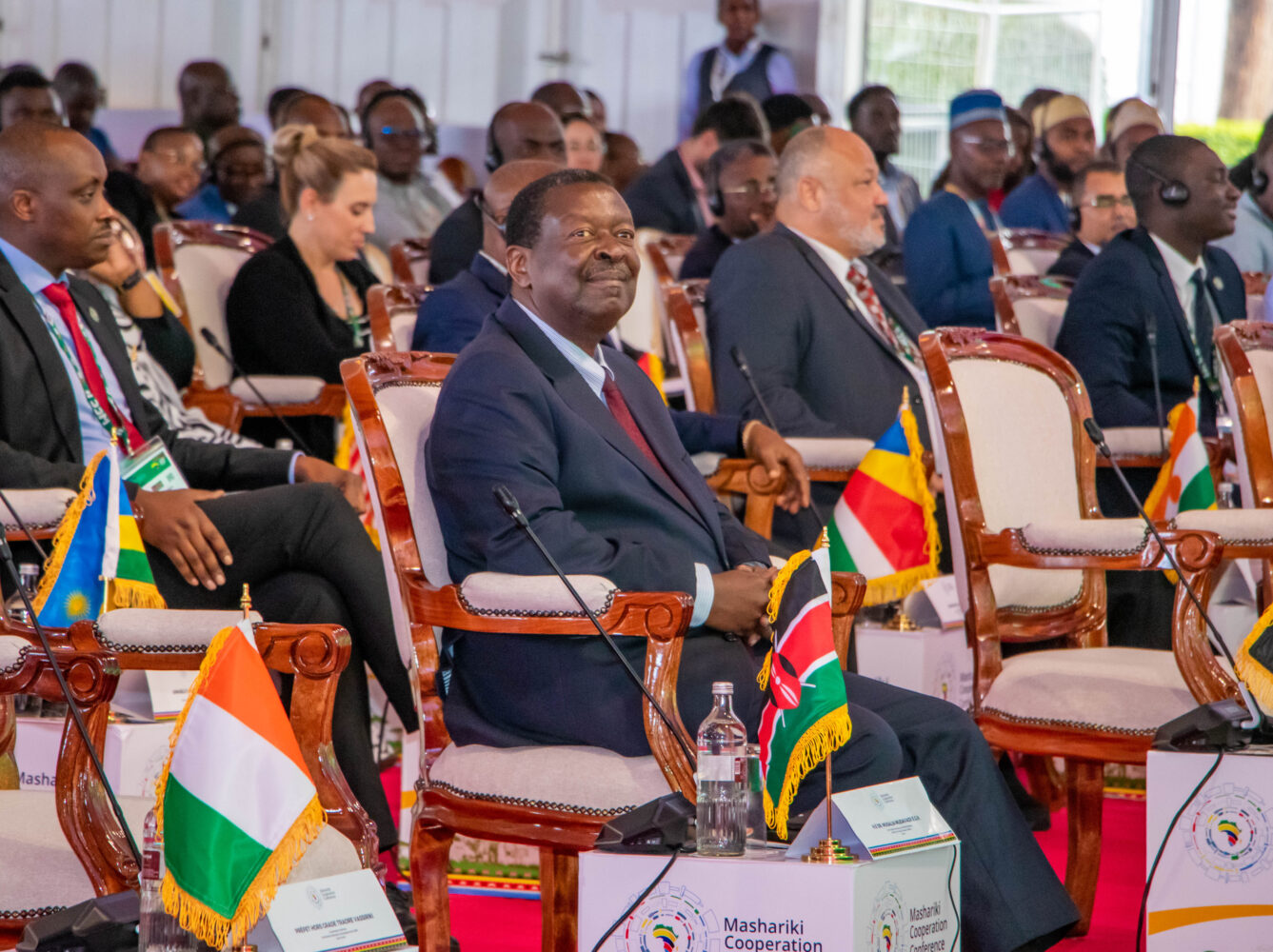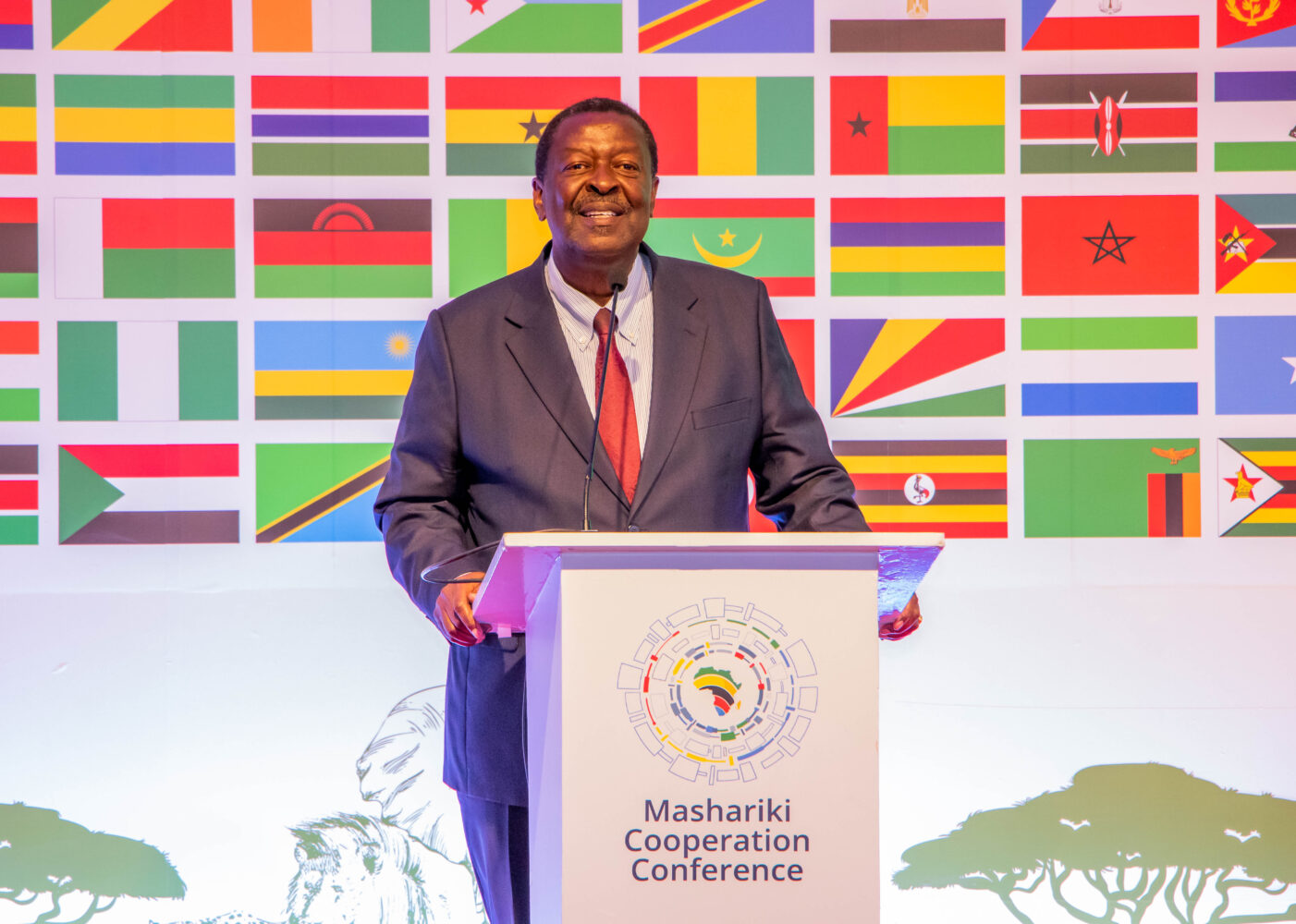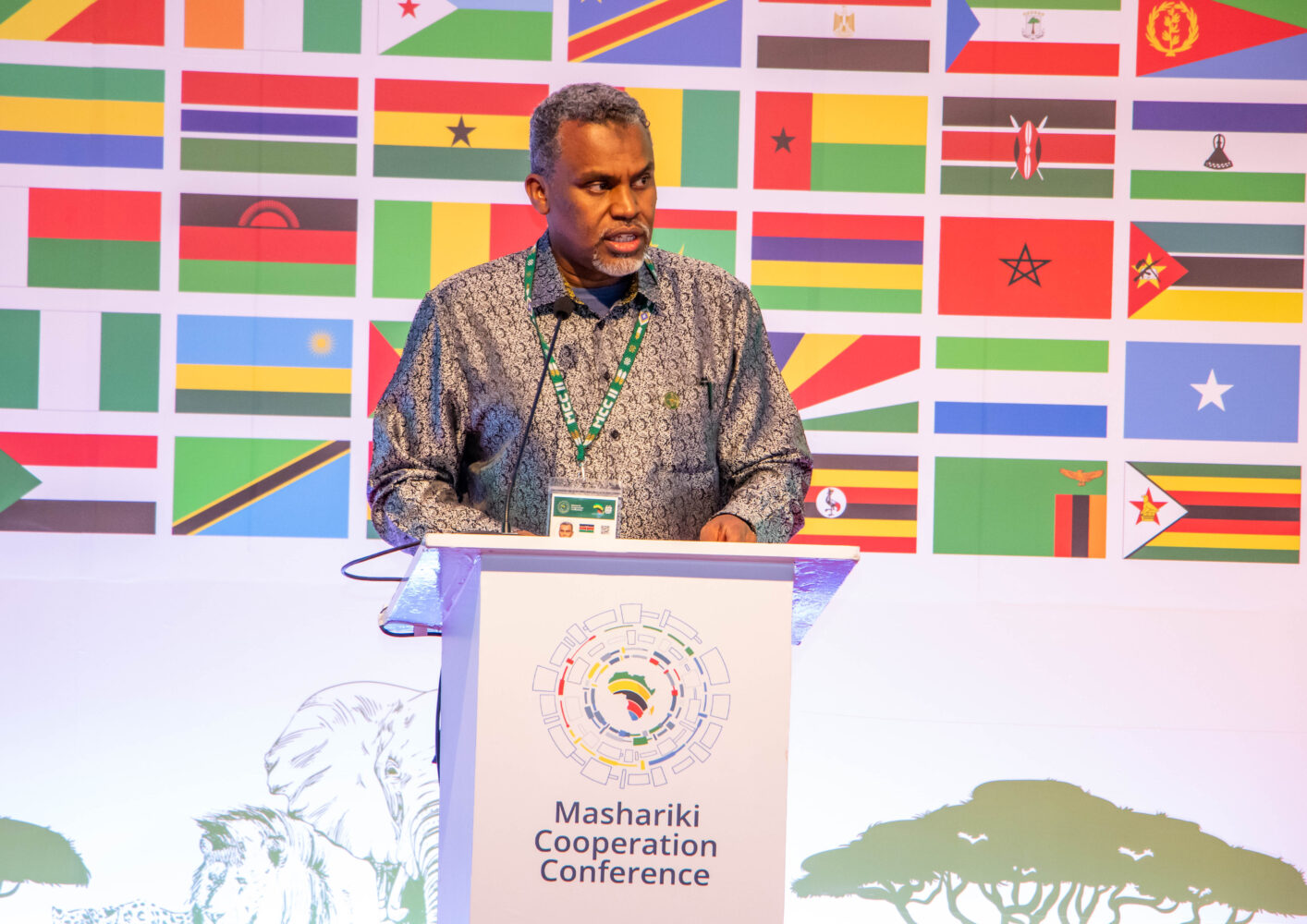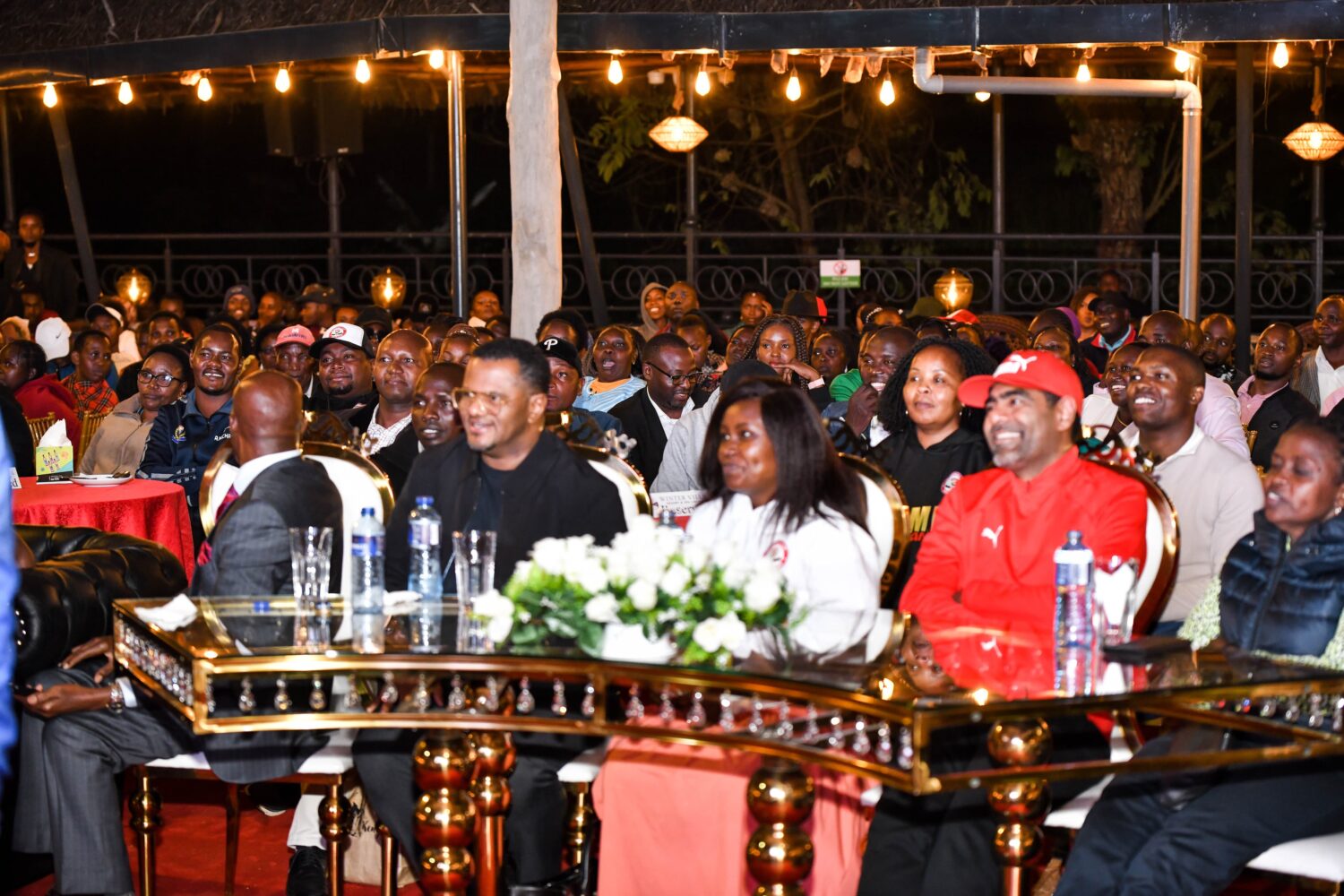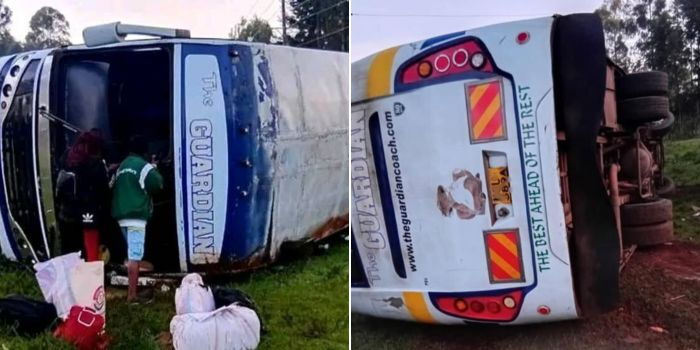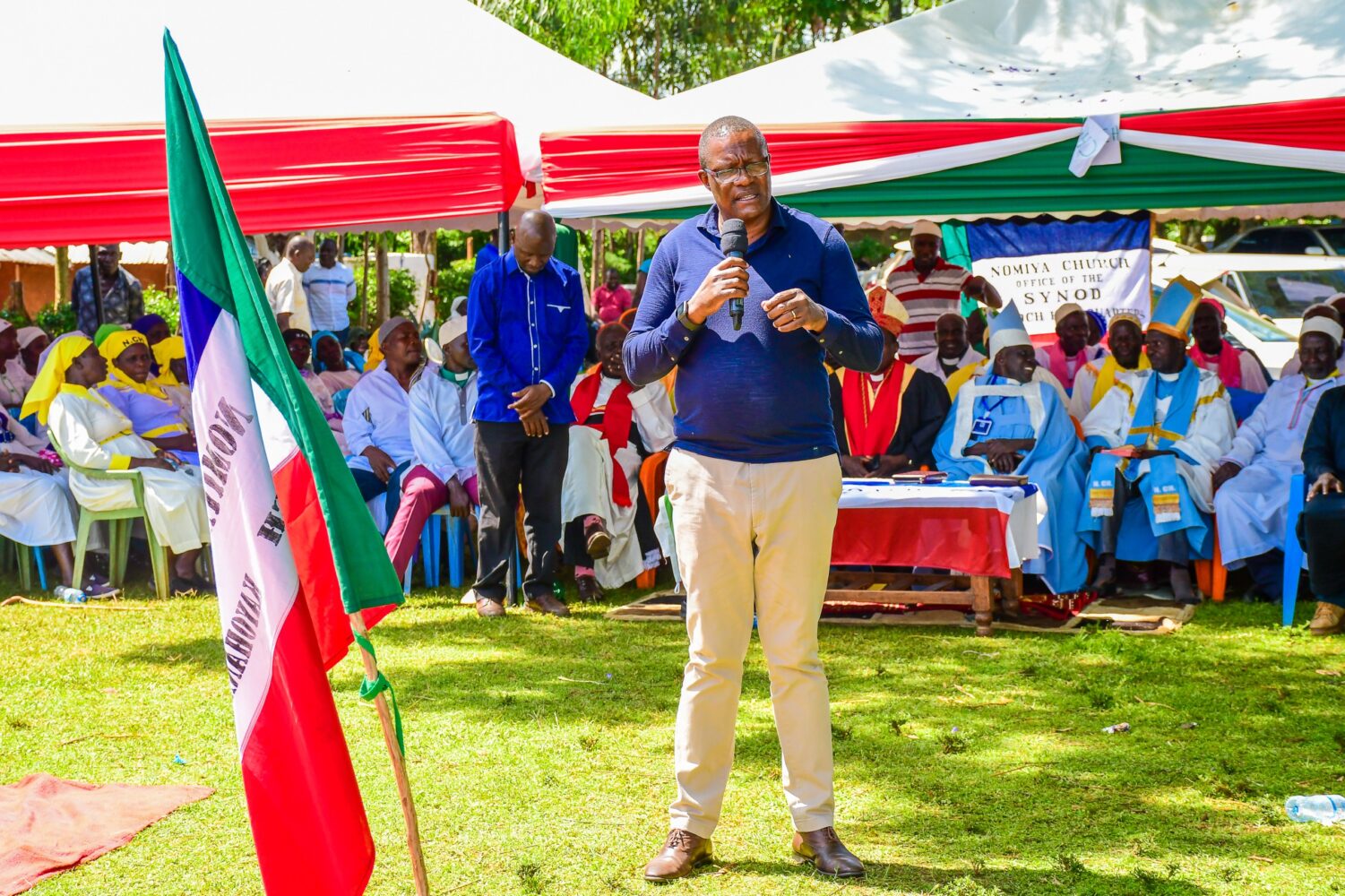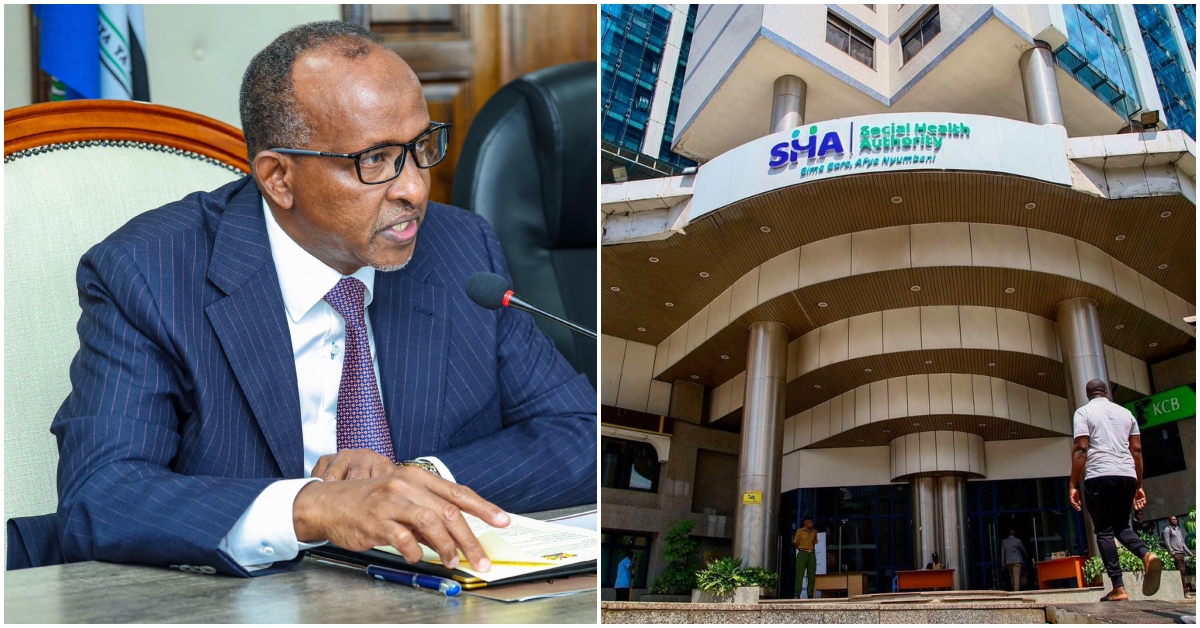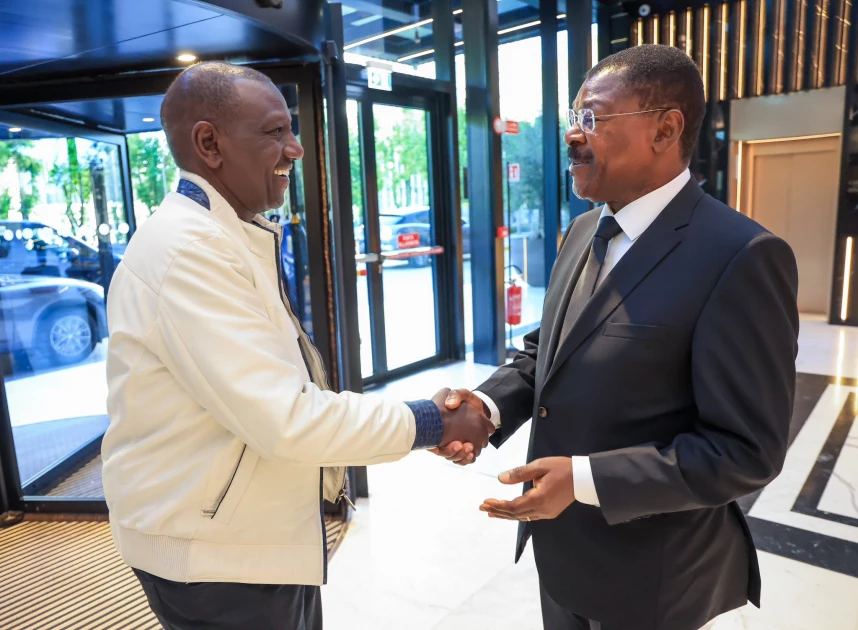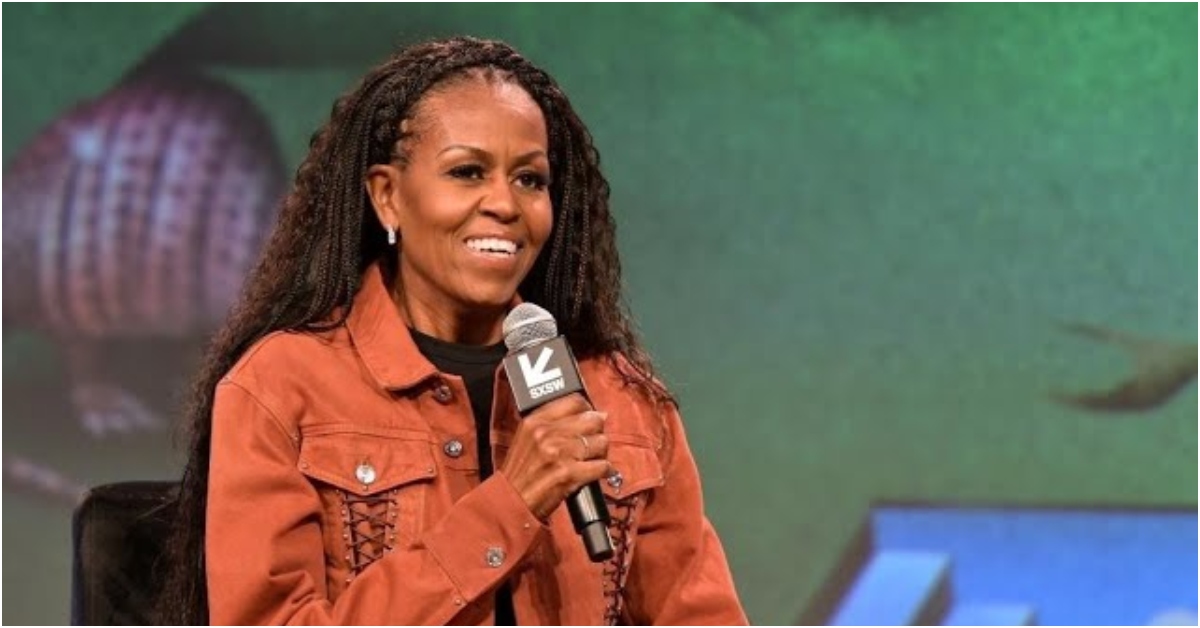The curtain fell today on the 2nd Mashariki Cooperation Conference (MCC) in Naivasha with a strong message from Kenya’s top intelligence and foreign affairs officials: Africa must unite against new-age threats born of technological disruption, digital misinformation, and transnational crime.
Speaking at the close of the high-level summit, the Director General of the National Intelligence Service (NIS), Mr. Noordin Haji, delivered a sobering warning on the evolving nature of national security threats in the digital age.
“The threat of rapid technological advancements, recent developments on social media and the emergence of digital activism have escalated the threat to new levels,” said Haji. “The proliferation of misinformation and disinformation campaigns, exacerbated by the use of AI-generated content, has waged a war against truth, with governments being the biggest targets.”
Haji welcomed the collective resolve of member states to confront these challenges head-on, emphasizing the need for shared strategies to safeguard national and regional stability.
In his remarks, Haji also highlighted how traditional threats are evolving to exploit new technologies.
“Increasingly, insurgents have leveraged emerging blockchain technology and weak internal financial controls to facilitate money laundering and illicit financial flows,” he noted, pointing to a rising convergence between terrorism and transnational organized crime.
Cabinet Secretary for Foreign and Diaspora Affairs, Hon. Musalia Mudavadi, echoed the urgency of embracing technological realities while harnessing intelligence to keep Africa safe and united.
“The world cannot run away from AI challenges, but it must embrace it and make sure it works for it,Intelligence will play a critical role in the integration of the African continent,” Mudavadi said.
Mudavadi also underscored the broader role of intelligence services in promoting peace and development across the continent.
The MCC brought together intelligence and security leaders from across the region, setting the tone for deeper collaboration in the face of a rapidly changing global threat landscape.
